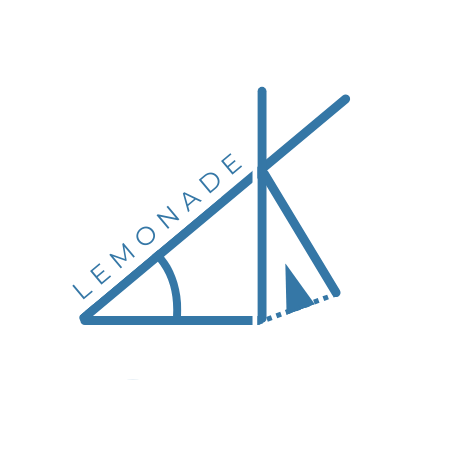News
Classes just started again. I've been thinking about proteins in my research and preparing for grad apps.
Latest Posts
[August 29, 2025:] Economics of Efficiency
[June 6, 2025:] A New Era
[June 6, 2025:] Bourgain's Problem Resolved!
Notes
Started taking live LaTeX notes in classes again. I might be uploading stuff soon!
Sea 🌊
This is something I'm working on!
Orange Juice
Now my "professional" website.
Mlog
Cell Spaces
September 3, 2024
By Aathreya Kadambi
Expanding on Lectures by Professor Alexander Givental and Fomenko and Fuchs
CW-Complexes (Cell Spaces)
We can start with .
Cells are essentially sort of disks. Once you have one skeleton, you can define:
Exercise. Show:
- A finite CW-complex (finitely many cells, not necessarily finitely many sets?) is compact.
- If a subset of a CW-complex is compact, then it intersects finitely many cells.
Remark. The second issue is not assigned as homework because it is actually very similar to the homework problem about .
What if to a set we want to assign a -structure? Then, we write a disjoint union:
There are some axioms:
- C(losure finite). The boundary of a cell lies in finitely many cells of lower dimension. (this automatically happens above with the first definition)
- W(eak topology). Closed subsets are exactly those which have closed intersection with every cell.
It turns out that this idea of weak topology doesn’t match up with other ideas. For example, we consider the sequence of 1-cells attaching to along with the segment from to . This is compact initially, but it is not compact with respect to the weak topology because the bottom segment doesn’t really have to be there like that, it can be anywhere, it is more like a boquet of 1-cells tied together at a point.
We can again make and , and if we take a CW-subcomplex , we can consider a quotient space . If is a CW-subcomplex of both and , we can create a sort of structure by gluing them together so that we get some stuff in but not in , , and the stuff in not in .
We can also consider the product of two discs, . It might happen, though, that our W axiom is not satisfied in this case.
Exercise. If one of and is finite or both are countable, then is a CW-complex.
Similar issues/results hold for smash products and joins.
Real Examples of Cell Spaces
Basic Examples
I feel like this makes sense, but needs proof potentially.
We can think of a line in not through theo rigin, and imagine lines through the origin intersecting this line, then there are lines for all the points in the other line and a line parallel to it. Something about that, then we said: and we can do the same things in or .
He also drew something with and something about . The thing about spheres is that its not stable since you cannot build up from if you just attach a cell to a point, like the easiest way to get is to attach a -cell to a point, but it doesn’t let you construct without erasing a previous cell.T It is better thus to go to projective space first (or something).
Grassmanians
We can tabulate the vectors that make up the frame into a table. Then, we can proceed to sort of reduce this via row reduction to get reduced row echelon form of the matrix. From this we can reorder things and shift htings around and we get so called Young diagrams. I think based on adding each independent vector to our set, we get a flag. So there are different cells that make up the Grassmanian. But bro I still don’t get why every cell corresponds to a particular increasing sequence with terms between and .
We can actually consider also this limit:
Remark. My guy just wrote on the board so I think I can officially say I am confused without seeming silly.
